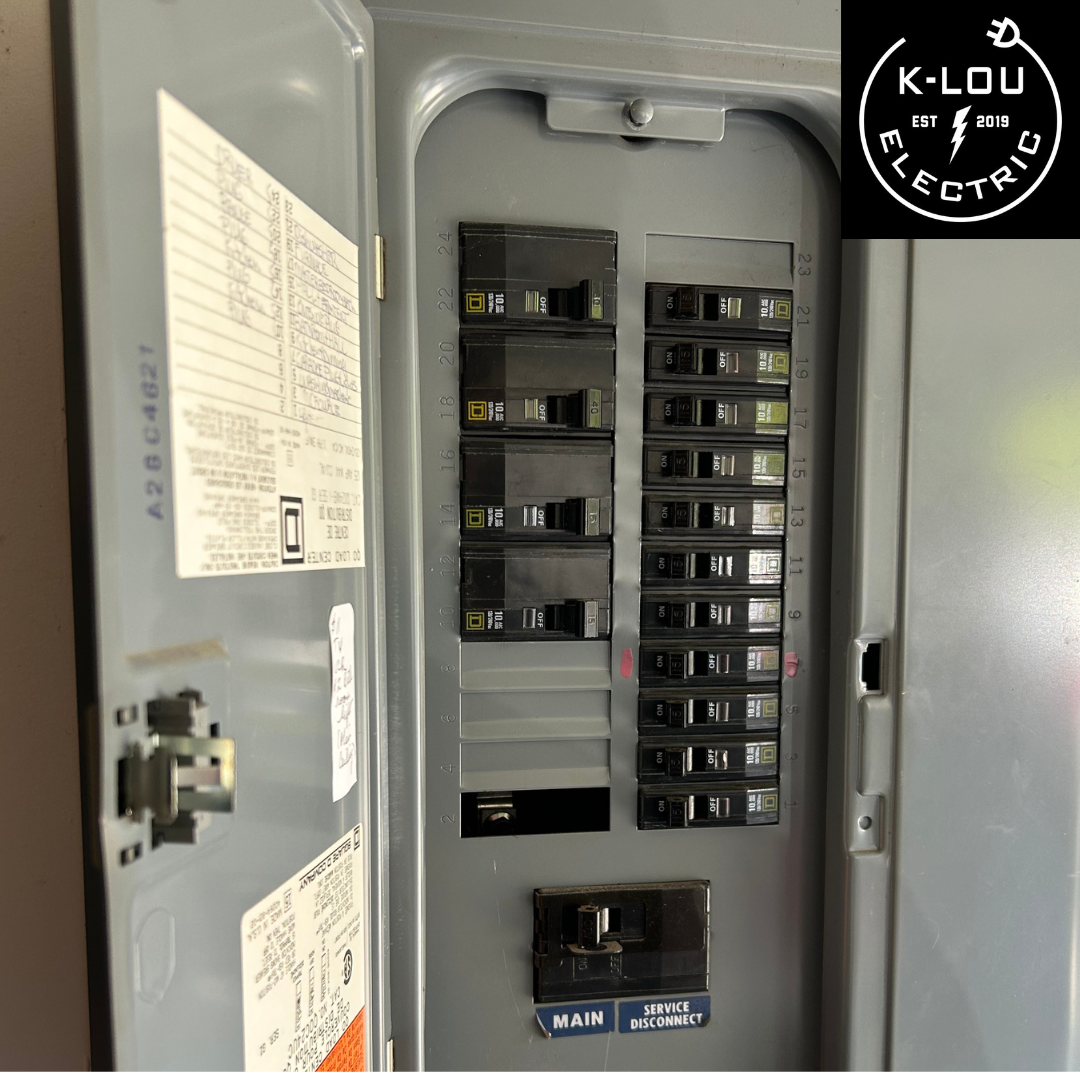Understanding Home Electrical Safety: A Complete Guide
Are you worried about electrical hazards in your home? You’re not alone. According to the National Fire Protection Association (NFPA), electrical failures cause over 50,000 house fires annually. This comprehensive guide will show you exactly how to protect your home and family from common electrical hazards.
Table of Contents
- Understanding Basic Electrical Safety
- Essential Prevention Measures
- Professional Inspection Guidelines
- Safe Practices for Every Household
- Equipment Maintenance and Upgrades
- Expert FAQs
Understanding Basic Electrical Safety
When it comes to home electrical safety, knowledge is your first line of defense. Think of your home’s electrical system as a complex network that requires careful attention and respect.
Water and Electricity: A Dangerous Combination
Did you know that water increases your risk of electrical shock by 100%? Here’s what you need to know:
- Keep all electrical devices away from water sources
- Install GFCI outlets in bathrooms and kitchens
- Never handle electrical equipment with wet hands
Outlet Safety: Preventing Overload
Overloaded outlets cause 33% of residential electrical fires. Follow these guidelines:
- Distribute electrical loads across multiple outlets
- Use UL-listed power strips with surge protection
- Never daisy-chain power strips or extension cords
Light Fixture Safety
Choose the right wattage for each fixture:
- Always check fixture wattage ratings
- Never exceed recommended bulb wattages
- Consider switching to LED bulbs for better safety and efficiency
Professional Inspection Requirements
Regular professional inspections are crucial for maintaining electrical safety. Here’s what experts recommend:
Inspection Frequency
- General homes: Every 3-5 years
- Older homes (40+ years): Every 2-3 years
- Homes with major appliance upgrades: Immediate inspection
What Inspectors Look For
- Wire condition and insulation
- Circuit breaker functionality
- Grounding system integrity
- GFCI/AFCI protection
- Outlet and switch stability
Safe Practices for Every Household
Creating a culture of electrical safety involves everyone in your home. Implement these practices:
Daily Safety Habits
- Unplug unused appliances
- Check for warm outlets or switches
- Keep electrical panels accessible
- Monitor cord conditions
Teaching Children About Electrical Safety
- Basic outlet safety rules
- Recognition of warning signs
- Emergency response procedures
Equipment Maintenance and Upgrades
When to Upgrade
- Replace equipment showing signs of wear
- Upgrade outdated electrical panels
- Install modern safety devices
Modern Safety Features
- AFCI protection
- Smart circuit breakers
- Tamper-resistant outlets
Frequently Asked Questions
How can I prevent electrical hazards in my home?
Implement regular circuit checks, install GFCIs in moisture-prone areas, and avoid overloading outlets. Professional inspections are recommended every 3-5 years.
What are the most important preventive actions for electrical safety?
Key preventive measures include:
- Regular system inspections
- Proper grounding
- Using correct wattage bulbs
- Maintaining clear access to electrical panels
What are the three basic electrical safety precautions?
- Proper circuit breaker sizing
- Comprehensive grounding
- Avoiding outlet overload
Conclusion: Your Action Plan for Electrical Safety
Creating a safer home environment starts with understanding and implementing proper electrical safety measures. By following the guidelines in this guide, you can significantly reduce your risk of electrical hazards.
Take These Steps Today:
- Schedule a professional inspection
- Check all outlets for signs of wear
- Verify proper bulb wattages
- Educate family members about safety practices
Remember: Electrical safety isn’t just about preventing accidents—it’s about protecting what matters most: your home and family.
Last Updated: Oct2024
Written by a Nanaimo Red Seal Certified Electrician, Makenzie K-Lou
Keywords: electrical safety, home safety, electrical hazards, electrical inspection, outlet safety, GFCI, circuit breaker, electrical maintenance, electrical upgrades, electrical fire prevention




0 Comments